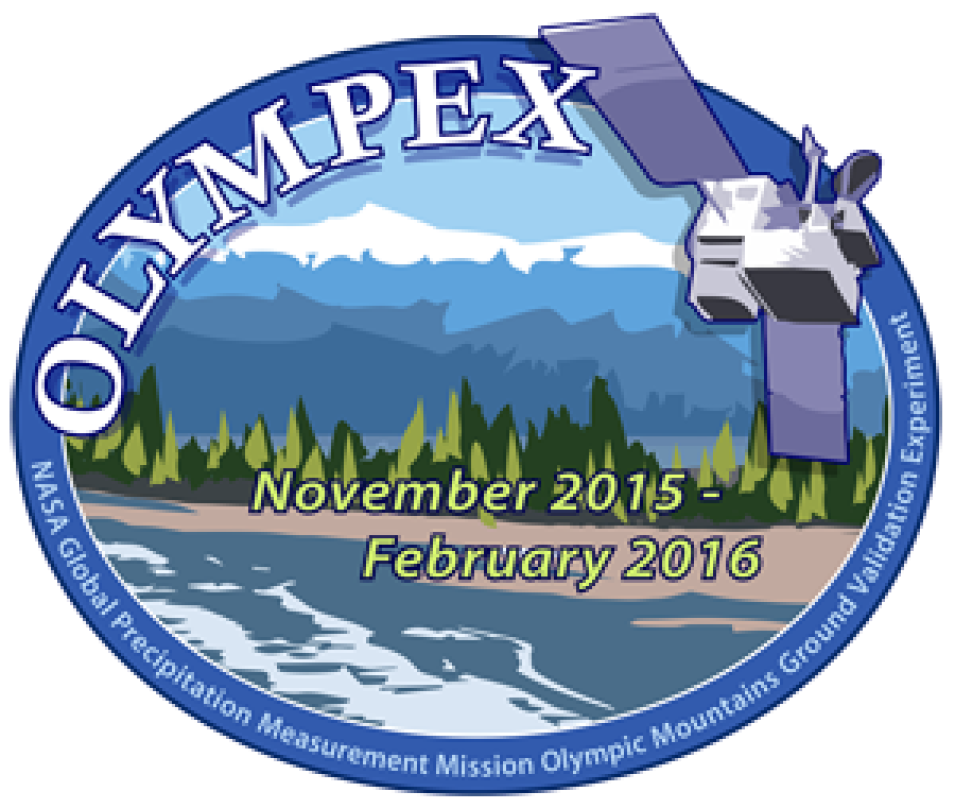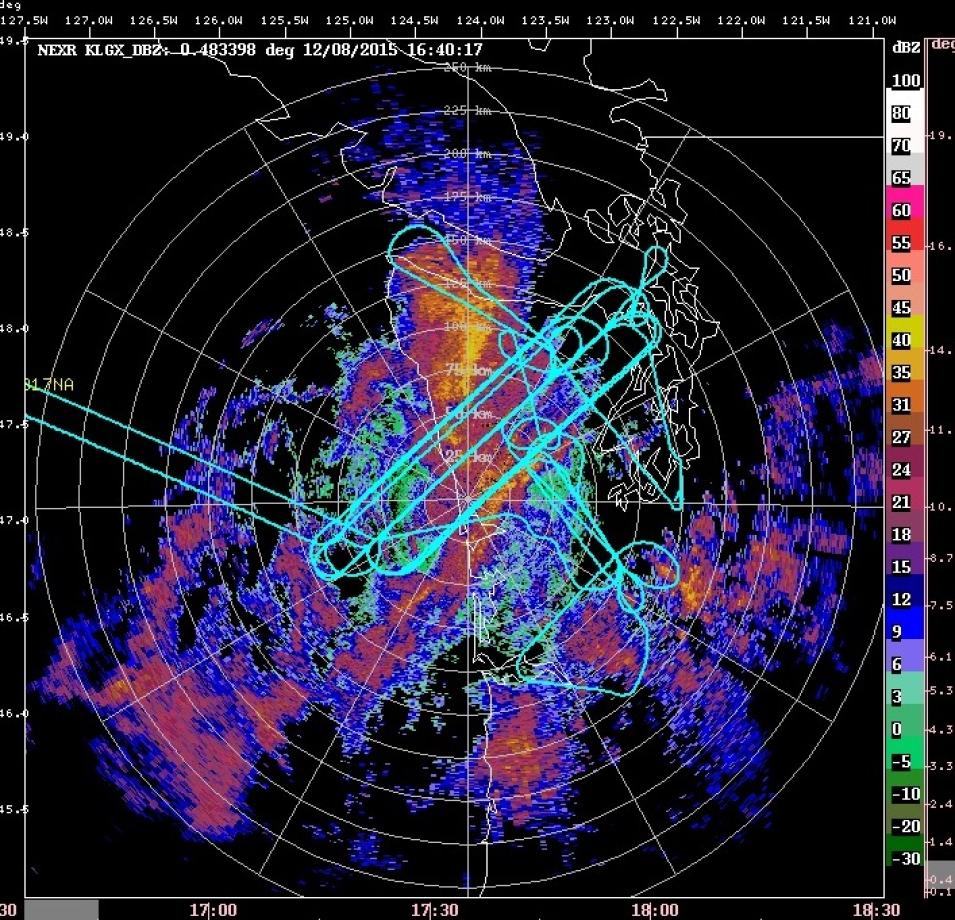An additional measurement was surface roughness, which is known to affect the SMAP soil moisture algorithm (the rougher the ground surface, the greater the effect of this on ground emissions). “We don’t know surface roughness globally, so the global algorithm is based on roughness estimates,” says Dr. Colliander. “These campaigns give us a better idea of the actual surface and vegetation parameters, including roughness, which we feed into the field campaign data. The more field data we have, the better we can adjust the algorithm and improve the global soil moisture retrieval results.”
SMAPVEX16 featured an international research team comprising a number of agencies and organizations. Along with NASA and JPL, which were responsible for the PALS instrument flights, the U.S. Department of Agriculture led the Iowa ground segment. Students from several universities conducted manual sampling. The Manitoba campaign component was funded by the Canadian Space Agency, with local ground operations led by Agriculture and Agrifood Canada. Environment Canada and students from Canadian universities supported and conducted field measurements.
As Dr. Colliander notes, the major concerns in SMAPVEX16 were the weather and ground conditions. In general, the research team wanted a range of soil moisture. “When you have full-grown vegetation, it is better to have wet ground than dry ground because the vegetation is harder to separate from dry soil,” he says. “We had wet soils in the later parts of the experiment, which we were very happy to have. It would have been better to have a little more dry-down to give us some more variability, but this is nature so it’s hard to get optimal conditions.”
Another challenge was timing field measurements with observations of the SMAP satellite. With the satellite observation occurring around 7am local time, the team had to be in the field by 4 or 5am. This was the same schedule for the airborne missions. Thanks to experienced ground and airborne teams, data collection ran smoothly in both Iowa and Manitoba.
SMAPVEX16 data are expected to be available later this year at the National Snow and Ice Data Center DAAC (NSIDC DAAC), which, along with the Alaska Satellite Facility DAAC (ASF DAAC), is responsible for archiving and distributing SMAP data. According to Dr. Colliander, the SMAPVEX16 team was able to collect the data necessary to implement improvements into the SMAP algorithms. “Field experiments like SMAPVEX16 are really critical to improving spaceborne observations,” he says. “They are part of the background work both pre-launch and post-launch that go into enabling satellite missions to make these retrievals for parameters of Earth systems.”
Connecting the dots from the ground up
Ground validation campaigns for GPM, SMAP, and other NASA Earth observing missions help ensure that the remotely-sensed data provided by the DAACs accurately represent real-world processes. Like all NASA data, GV campaign data are fully and openly available, with quality-controlled data publically available generally 6-9 months after the end of a campaign.
As Dr. Petersen, the NASA GPM Deputy Project Scientist for Ground Validation, observes, satellite instruments do not directly measure many components of weather or the Earth system that scientists and researchers actually are trying to observe, such as precipitation; these data are all remotely-sensed and interpreted indirectly using algorithms. Ground validation provides a necessary link. “The ground validation allows you to explicitly connect the dots—the physics between what is being remotely-sensed by instruments in space and what you are interested in measuring in the atmosphere or on the ground,” he says. “It’s important that NASA does these ground validation campaigns and takes advantage of its expertise to make these connections.”
Additional resources and links to campaign data
Daly, C., Halbleib, M., Smith, J.I., Gibson, W.P., Doggett, M. K., Taylor, G.H., Curtis, J. & Pasteris, P.P. (2008). “Physiographically sensitive mapping of climatological temperature and precipitation across the conterminous United States.” International Journal of Climatology, 28: 2031–2064 [doi: 10.1002/joc.1688].
GPM Ground Validation Data Archive: http://gpm-gv.gsfc.nasa.gov/
NASA GHRC DAAC OLYMPEX page: https://ghrc.nsstc.nasa.gov/home/field-campaigns/olympex
NSIDC DAAC SMAP Validation Data: http://nsidc.org/data/smap/validation/val-data.html
SMAP Field Campaigns: https://smap.jpl.nasa.gov/science/validation/fieldcampaigns/
SMAPVEX16 page: https://smap.jpl.nasa.gov/science/validation/fieldcampaigns/SMAPVEX16/
University of Washington OLYMPEX website: http://olympex.atmos.washington.edu




